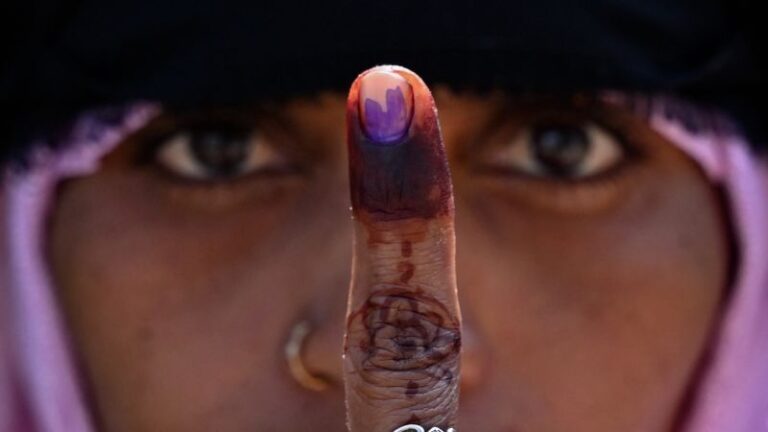India has voted in the world’s largest-ever general election, a mammoth exercise in democracy over about six weeks. Results will finally be announced on Tuesday.
Prime Minister Narendra Modi is standing for a rare third term in power, against an alliance of opposition parties that are seeking to unseat him.
A victory for Modi would be the first time that a leader has won three consecutive elections since India’s first prime minister did so in 1962.
Population: Home to more than 1.4 billion people, about 969 million were eligible to vote — more than the populations of North America and the European Union combined.
This means about 12% of the world’s population were eligible to vote.
About 642 million people cast their votes in the election, according to Rajiv Kumar, the chief election commissioner of India.
The number of women registered to vote increased by 40 million since the previous election in 2019, and more than 20 million voters between ages 18-29 were added to the electorate.
How the election worked: Indians voted for 543 seats in the lower house of parliament.
The party that wins a majority will appoint one of its winning candidates as prime minister and form a ruling government.
Voting began on April 19 and ended on June 1. The counting, however, takes place on a single day, June 4.
Some states only had one day to vote, while the country’s most populous state in the north, Uttar Pradesh, and the eastern states of Bihar and West Bengal, with an estimated combined population of 475 million, voted over seven days.
How people voted: From the high peaks of the Himalayas to the remote forests in India’s central states, votes were cast electronically across more than 1 million polling stations in the country — a 1.2% increase in the number of stations from the previous election.
This operation required about 15 million polling officials and security staff during the election, with some of these election workers traveling via road, boat, camel, train, and helicopters to reach India’s citizens.


